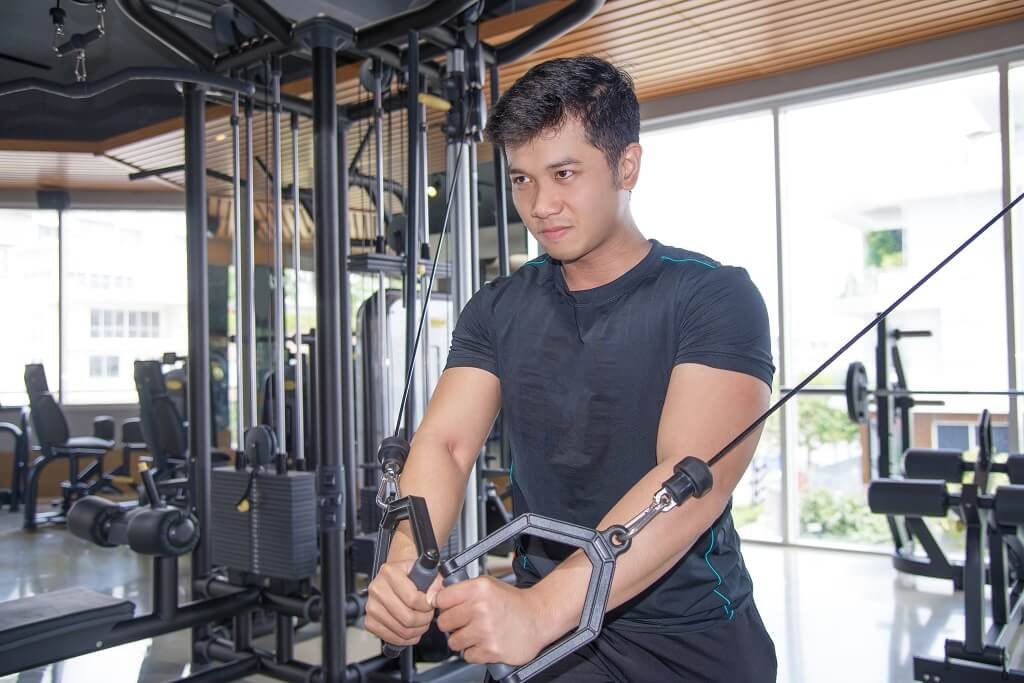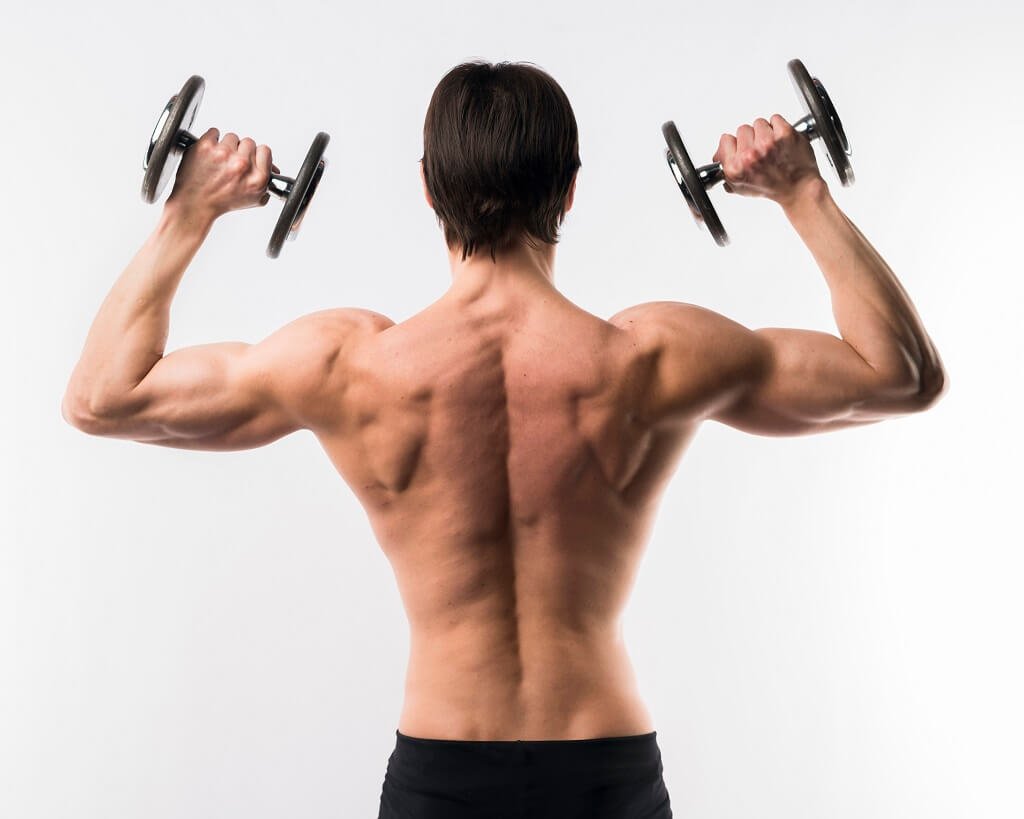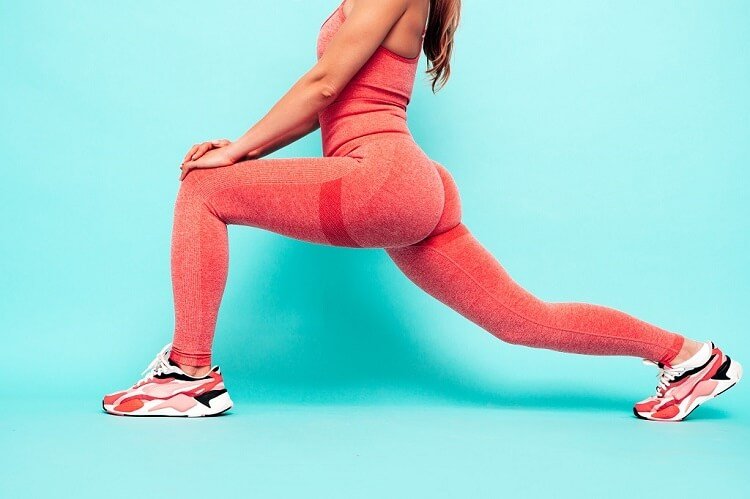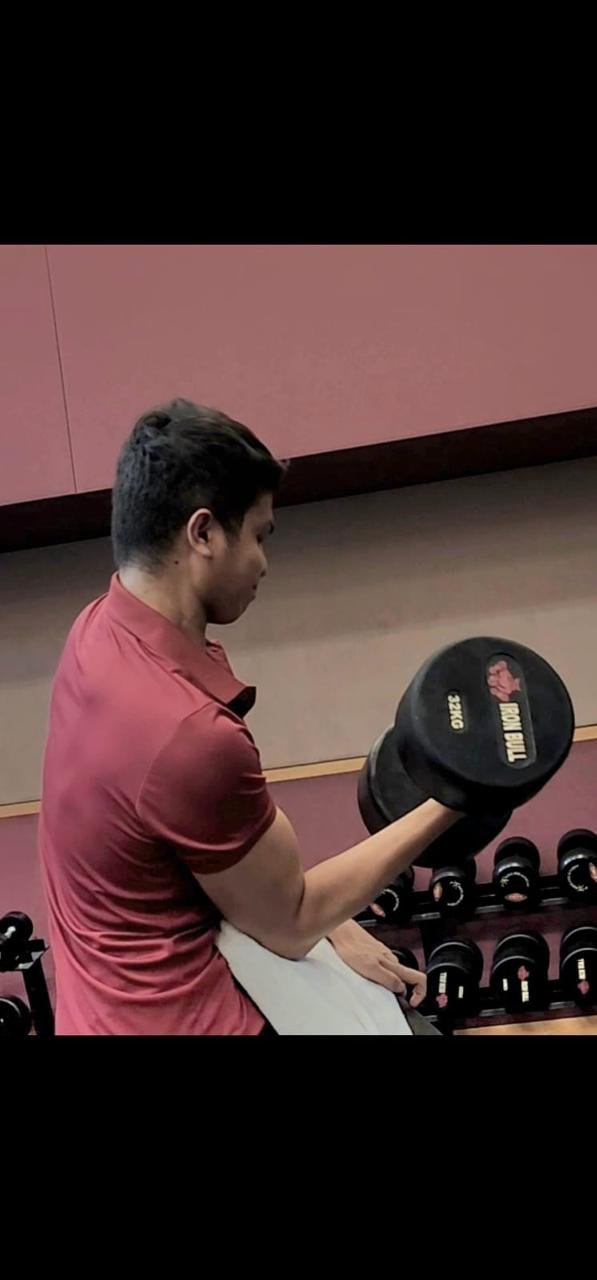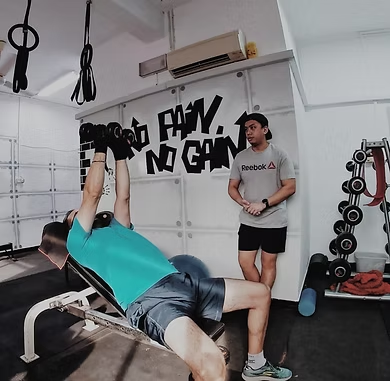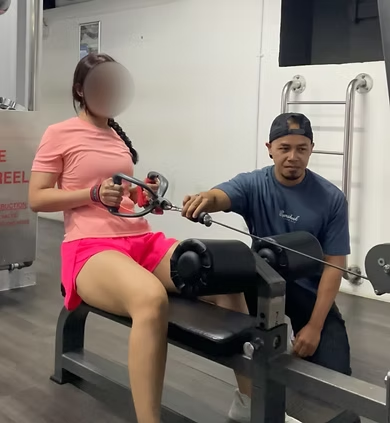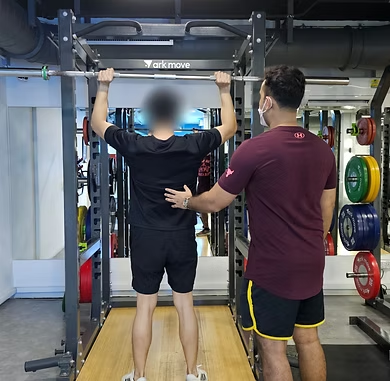You hit the gym with full energy. You crush your workout. Then the tightness kicks in. Your legs feel stiff. Your shoulders feel locked. Your back feels like it wants to retire.
If this rings a bell, then you need not worry. You’re not alone. The most appropriate action is to seek the assistance of a certified personal trainer Singapore and discuss the reason behind your muscle tightening, as well as what you can do to improve in a short time.
We will divide it into the causes and the best fixes.
Why Your Muscles Feel Tight After a Workout
Strains occur in all fitness enthusiasts. You push your body either too hard or too fast, and your muscles respond. When you understand what causes the tightness, you fix it more easily and avoid long-term pain.
Here are the most significant reasons.
Poor Warm-Ups and Limited Mobility Prep
You jump straight into your workout. You feel pumped, so you skip your warm-up. This move puts your muscles in shock. Your body needs time to switch into “exercise mode.”
A warm-up prepares your joints and muscles. When you are training under an instructor or in a personal training session, they start with an assessment. This step helps your body follow your exercise programmes with better adherence and less risk of strain.
Fast Progression or Overworking Certain Muscle Groups
You push harder every week. You load more weight. You add more reps. Progress feels great, but rapid progression can also cause your muscles to tighten.
If one muscle group takes most of the work, it grows tight and tired. A good programme spreads the workload across your body. Personal trainers help you strike a balance so that you don’t overemphasise one aspect and neglect another.
Gaps in Hydration, Recovery, and Nutrition
Water and fuel are required in your muscles. They are stiff when you forget them. Due to dehydration, the tissues become sticky and dry. Lack of nutrition retards healing.
Trainers will tend to monitor your recovery practices. A few minor gaps can lead to significant tightness after your workout.
How to Fix Tight Muscles Fast, According to Fitness Professionals
You don’t need complicated tools or expensive treatments. You need simple habits that you can follow daily.
Here’s what fitness professionals recommend.
Stretching and Mobility Routines That Actually Help
A good stretch goes a long way. You release the hard knots, stretch out muscles and make them move further.
Practical advice provided by a trainer teaches you to strain. They also illustrate the physiology of the movements to show why a particular stretch is more beneficial for your body.
Hydration and Balanced Nutrition for Better Recovery
Take water during the day. When you are well-hydrated, your muscles are tender and supple.
Nutrition also matters. You will find recovery faster when you eat a balanced diet with carbs, proteins, and healthy fats. Professional trainers offer personalised nutrition tips to complement your exercise regimen, ensuring you are well-nourished and ready for your next session.
Simple At-Home Recovery Habits to Reduce Tightness
You can fix tightness at home without fancy equipment. Try slow breathing. Try light mobility movements. Use heat or cold packs when needed.
Trainers often teach recovery habits based on physiological concepts to help you relax your muscles and enhance flexibility in the long term.
When You Should See a Certified Personal Trainer
Some tightness is usual. However, if you experience soreness every day or struggle to move after each workout, it is possible that you may need the assistance of a certified personal trainer in Singapore.
A trainer appreciates anatomy, exercise science, and personal trainer certification standards. They assess your form, your exercise patterns, and your recovery gaps. They also help you fix bad habits before they turn into bigger injury risks.
Training with certified trainers helps you move smarter and feel better.
What to Expect From a Hands-On Personal Training Programme
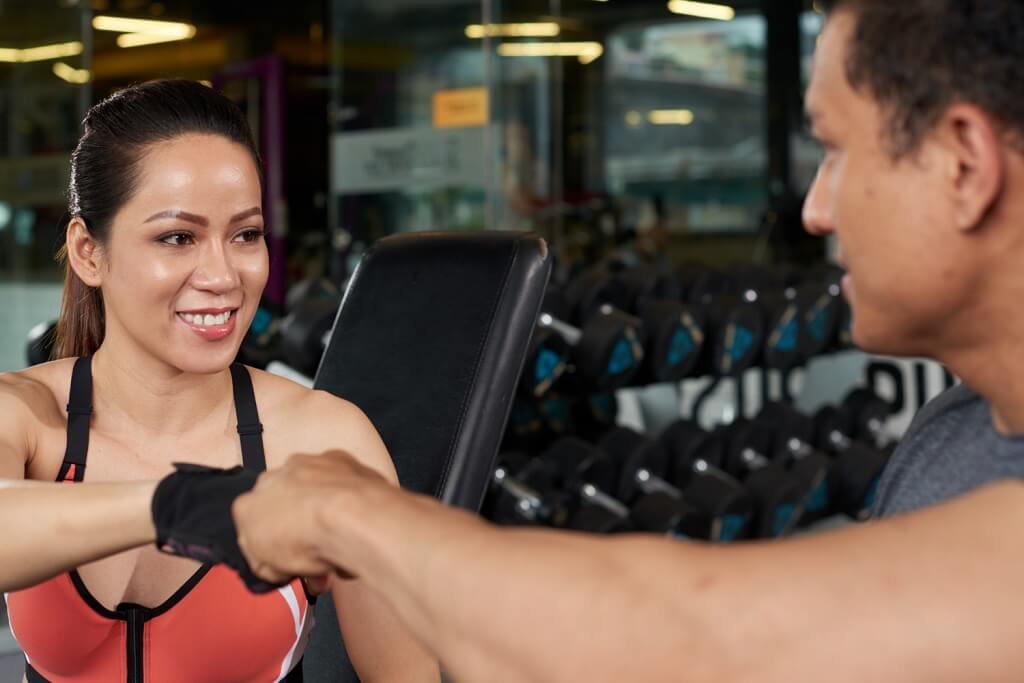
A good personal training programme keeps things simple. You receive sessions tailored to your goals. You also get hands-on training, form checks, and clear objectives.
You learn how to move safely. You know how to follow exercise programmes with confidence. You also learn how to recognise when your body is tired.
The right programme takes you in the right direction, whether you want to lift heavier, lose weight, or become healthier.
Should You Choose a Certified PT? How to Recognise One
Certified PT is competent enough in the fields of physiology, anatomy and exercise science. You can also check their certification as a personal trainer, their work hours, and their attendance pattern.
Many trainers study through courses that let students use SkillsFuture credits. Some classes include a certification exam, textbooks, and hands-on training to build strong coaching skills.
When your trainer stays passionate about fitness, you feel safe and supported in every session.
Ready to Train Smarter and Feel Better?
We at LTH Fitness also offer programmes that suit your lifestyle, if you desire personal training to help you move well and stay pain-free. We also train you with professional, practical trainers to help you become stronger and safer every day.
We want to help you achieve your goal correctly.
Conclusion: Your Fitness Journey Doesn’t Have to Hurt
You do not even have to feel tight and sore after every workout. All you have to do is adopt the proper habits, follow the correct instructions, and have the right recovery plan in place. You are more likely to move quickly and confidently when you understand what causes your muscles to become tight after workouts. Contact us today!


